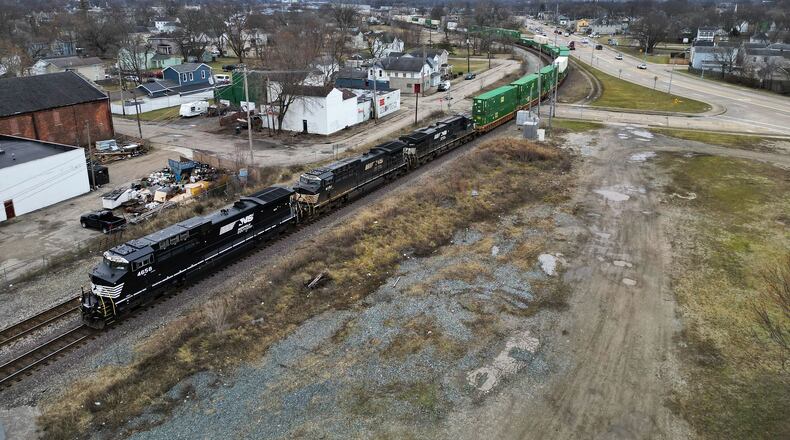“Ultimately, at the end of the day, the people and the citizens of Hamilton benefit, but to have kids that are going to benefit in the years to come to have a voice and to be able to express whether they agree or disagree with Amtrak, they have that platform to at least talk about it,” said Jon Szary, Hamilton High School principal.
The project won’t begin for another week or so, but it will be completed by the end of February. About 500 students will be writing letters.
Late last year, it was announced that of the four potential Amtrak routes Ohio could land, two of them have the potential to include a station stop in Hamilton. The 3C+D would connect Cincinnati to Cleveland, going through Dayton and Columbus. A potential site for the north-south stop would be along Maple Avenue. The Cardinal route would open up the Midwest to Hamilton passengers with trains heading to and from Indianapolis and Chicago. The potential site for the east-west stop would be on Sycamore Street.
Amtrak, the state of Ohio, and other planning organizations will start corridor development work, but the first step is a feasibility plan. The FRA has agreed to pay $500,000 for planning each of Ohio’s four routes, and each route is expected to receive priority in future funding competitions.
Hamilton Councilman Michael Ryan, who’s been the city’s liaison with the Amtrak project, said Ohio lawmakers, including Gov. Mike DeWine, Speaker of the House Jason Stephens and President of the Senate Matt Huffman, will receive hundreds of letters.
While what the students will write isn’t guaranteed ― they were pretty much supportive of the project two years ago ― Ryan said “this is such a special time because it’s council and our school district coming together for a common goal, to raise Hamilton up. And the best part of this is we’re getting our students involved, our young people, getting them involved with current events in Hamilton. I think the biggest portion of this is that they’re fighting for their future.”
Szary said the students had really embraced their community with the letter-writing campaign two years ago.
“They’re passionate about being a part of their community, and I think when we allow them to have a platform to express their viewpoints, you do get some good responses,” he said. “Overall, I think our kids value when they’re asked for their input on such big, important topics.”
Szary said the assignment isn’t a slanted discussion because a student could be for or against the project, but regardless, all students must have reasons for their position and evidence pointing to their conclusion, which is a practical lesson in rational and logical thinking.
“If anything, it’s two-folded, as it helps our kids use certain documentation and primary resources to help their viewpoints but also it helps us with our writing process,” the principal said. “I think anytime you can incorporate real-world learning into school, it’s a huge return on your investment in what you’re presenting to the kids.”
About the Author

